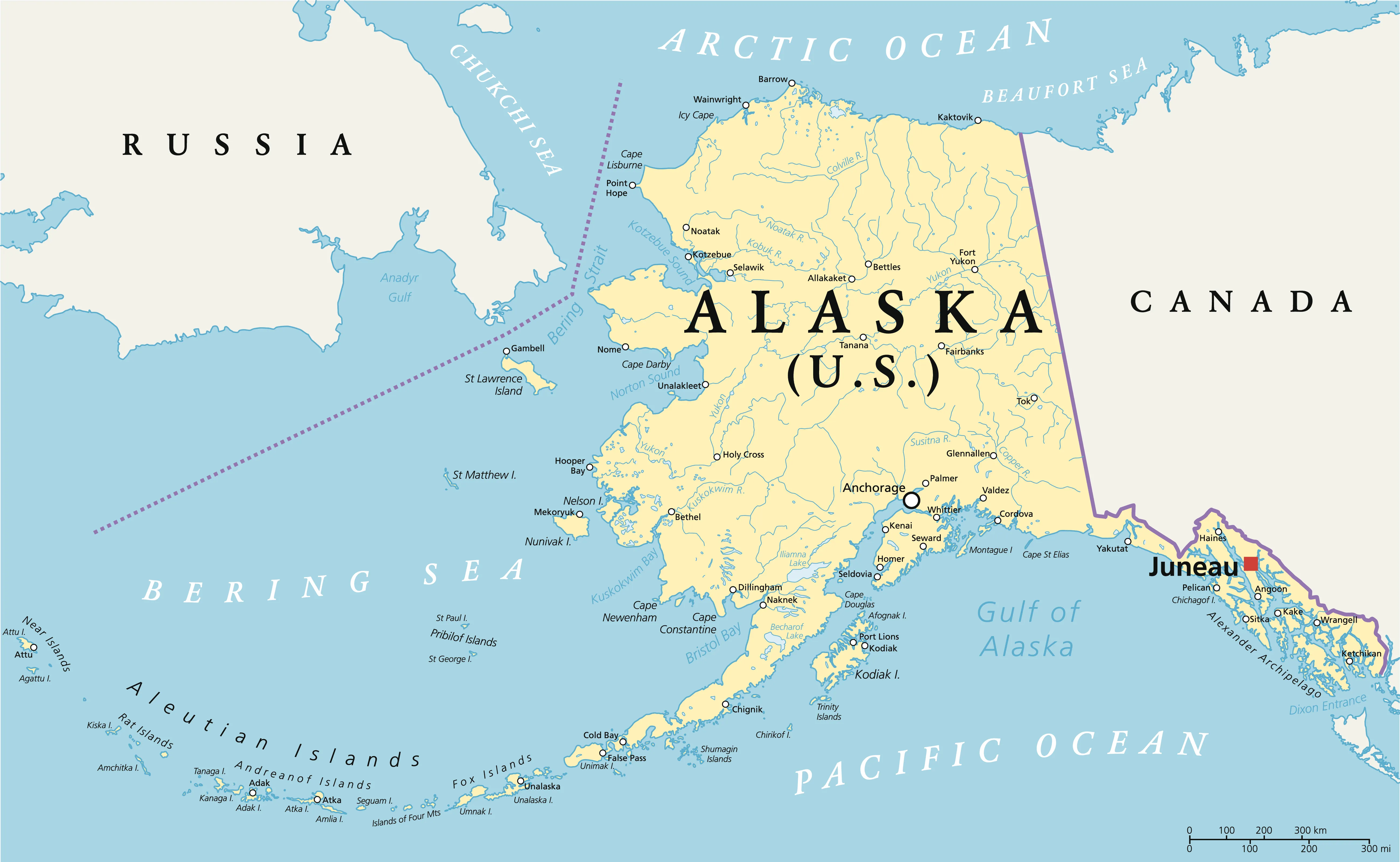
Fish and Wildlife Says White-Tailed Prairie Dog won’t be Listed as Endangered
After a thorough review of the best-available scientific and commercial information, the U.S. Fish and Wildlife Service (Service) announced that the white-tailed prairie dog is not currently in danger of extinction and is not likely to become in danger of extinction within the foreseeable future. Consequently, the Service has released a 12-month finding stating that the species is not warranted for listing under the Endangered Species Act (ESA) at this time.
Prior to making this not warranted determination, the Service and its partners conducted a Species Status Assessment (SSA), which is an in-depth review of the species’ biology, stressors and status, and a source of the best scientific information needed for all ESA decisions. This approach allows for state, tribal, and partner engagement and identifies opportunities to work with others to implement conservation efforts in advance of potential ESA decisions.
This SSA evaluated all relevant stressors to the species, including the effects of agricultural land conversion, shooting, poisoning, overgrazing, invasive weeds, wildfire, urbanization, energy development, drought, and sylvatic plague.
After analyzing the current and potential future effects of these stressors on the species, the Service found that white-tailed prairie dog populations are in moderate to high overall condition, have multiple resilient populations, and exhibit adaptability to stressors. Therefore, the Service finds that these stressors do not, alone or in combination, rise to a level that causes this species to meet the definition of a threatened species or an endangered species and that listing the white-tailed prairie dog as threatened or endangered is not warranted.
The announcement comes as a result of a September 9, 2014 court order which required the Service to reevaluate a previous 12-month finding on the species. The new 12-month finding addresses all of the issues raised in the court’s order.
One of five prairie dog species in North America, the white-tailed prairie dog lives in a variety of habitats, including sagebrush steppe, grasslands, and semiarid Canyonlands. Its range extends from southern Montana, through central and southern Wyoming, and into northeastern Utah and northwestern Colorado. The white-tailed prairie dog is 13 to 15 inches long and can be identified by its white tail tip and dark brown or black cheek patches.
Like other prairie dog species, the white-tailed prairie dog lives in family groups within colonies that are made up of burrow complexes. However, it is the least social of the prairie dog species and has lower within-colony densities. Prairie dogs spend a large amount of their time foraging for vegetation near the colony. During the winter, white-tailed prairie dogs will hibernate for several months, so they must eat enough vegetation during the active season to build up sufficient fat stores. Prairie dogs are so named because of the "barks" they use to signal to other members of the colony when an intruder approaches.
















